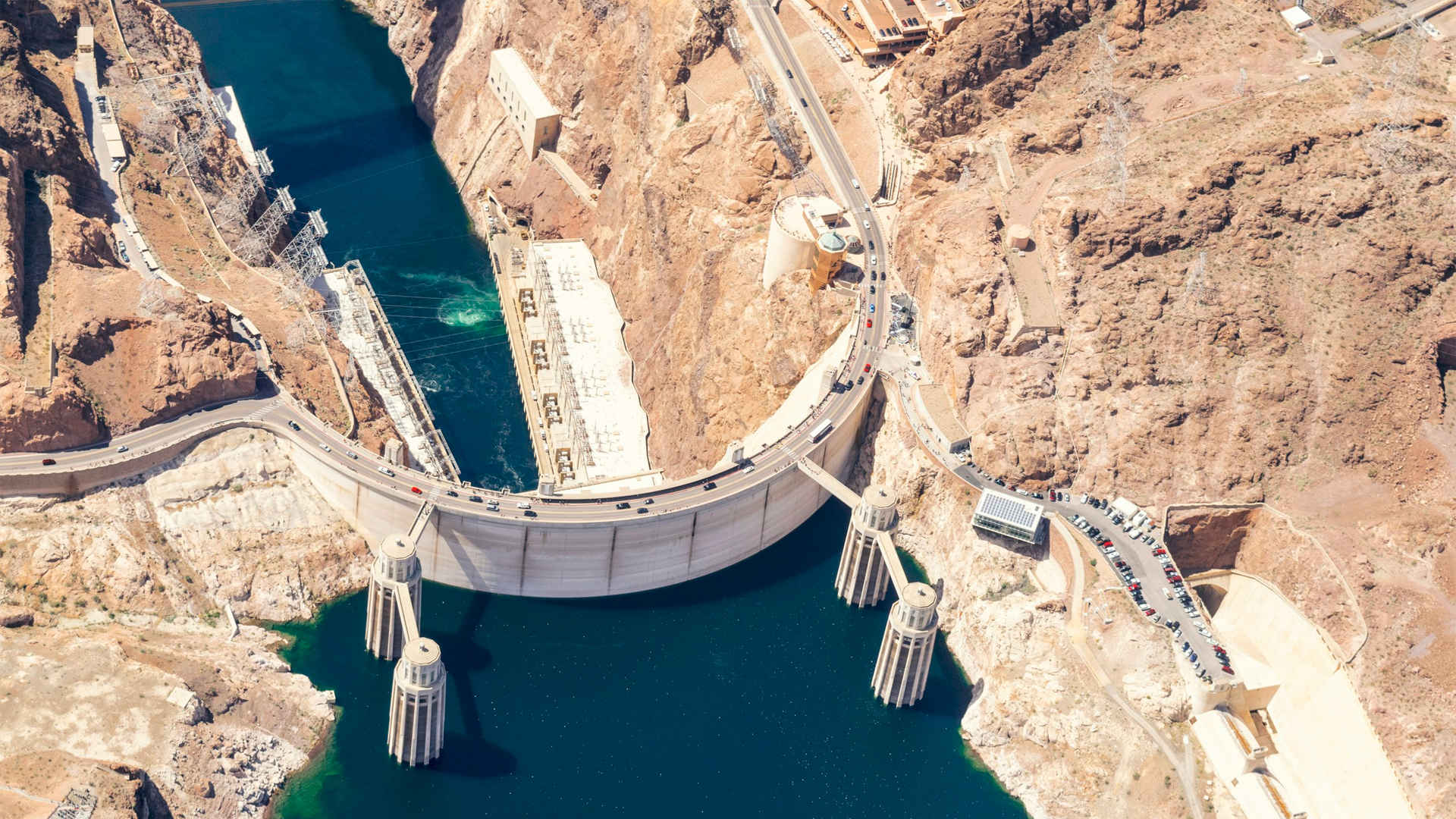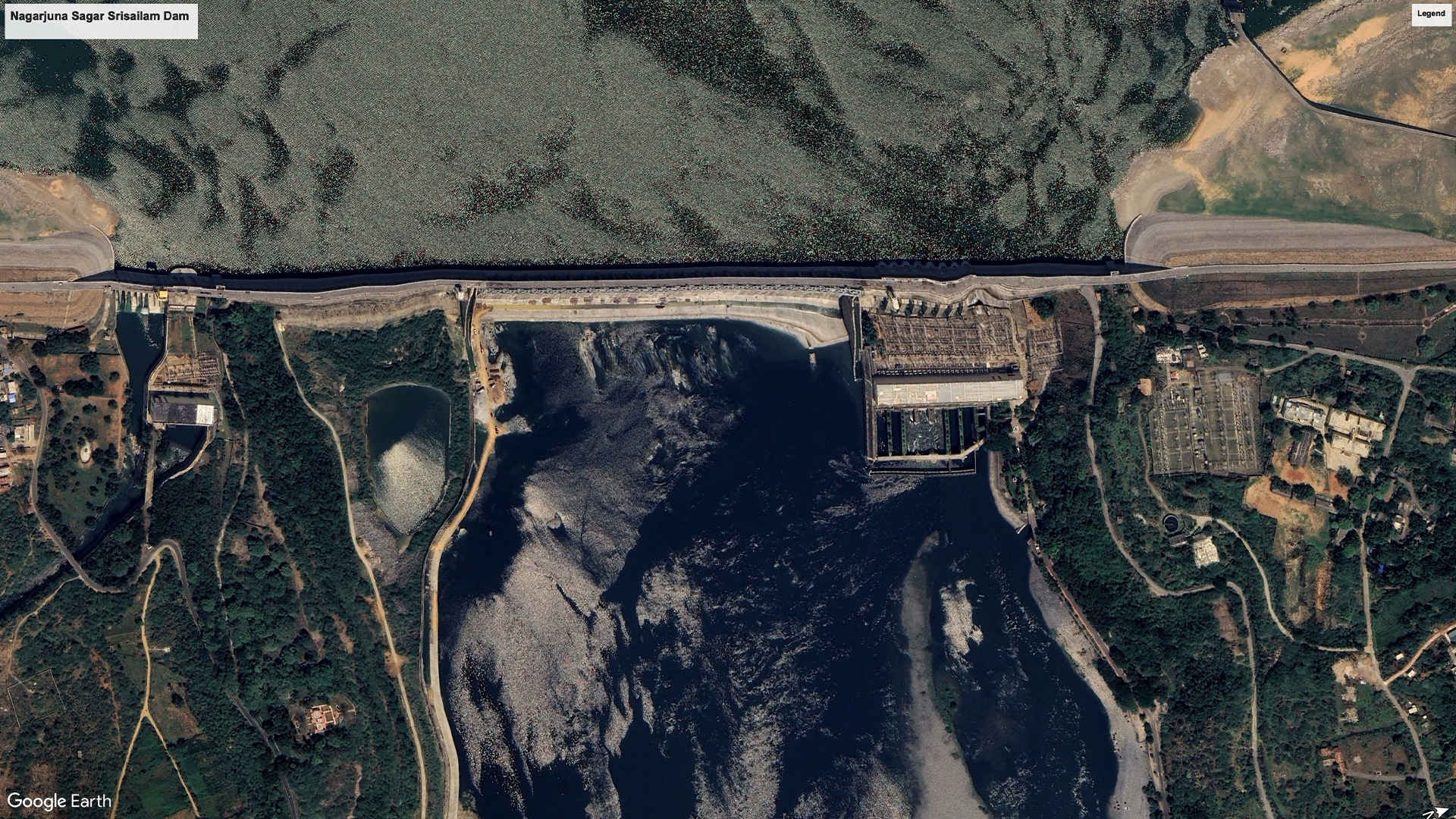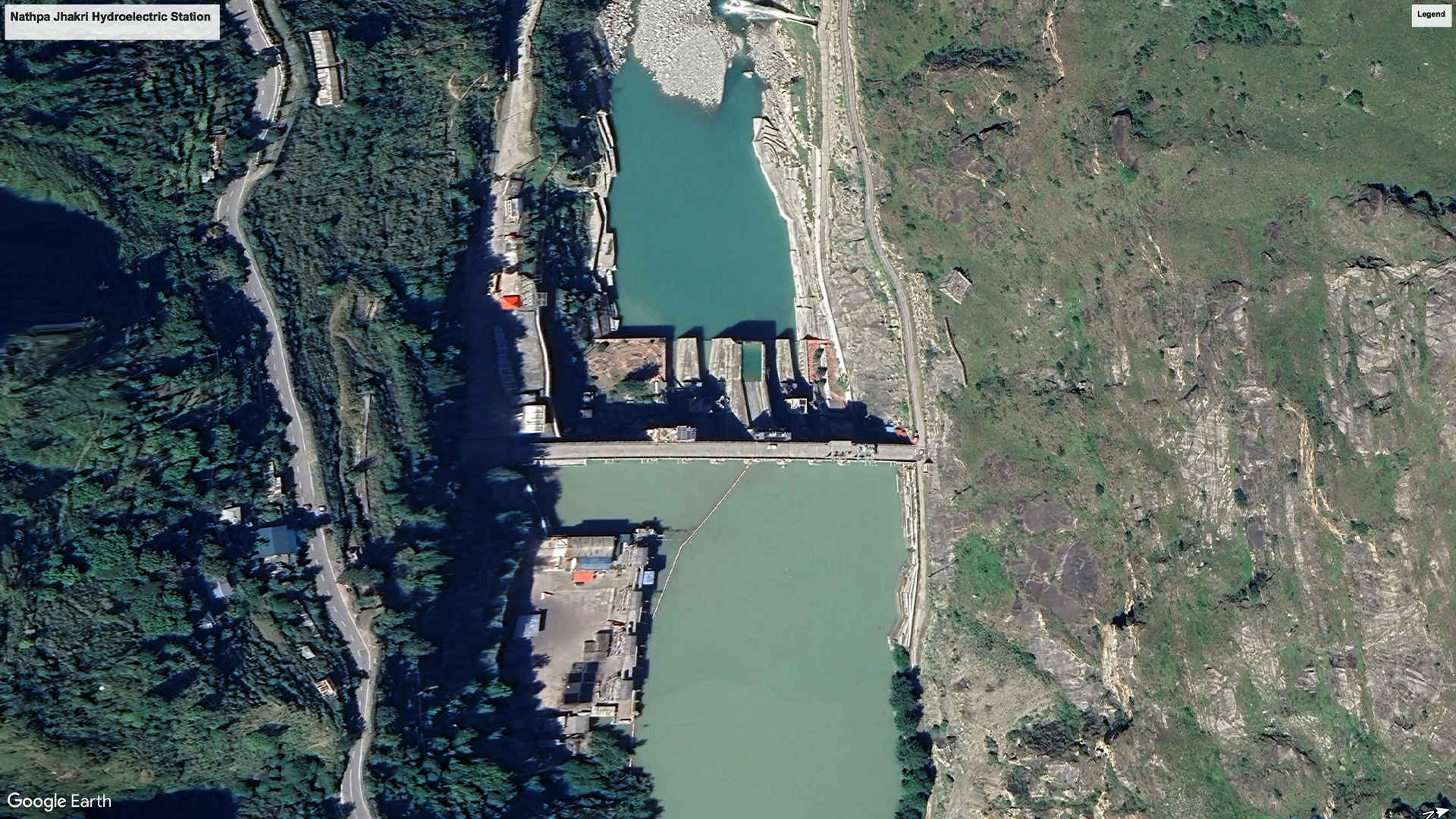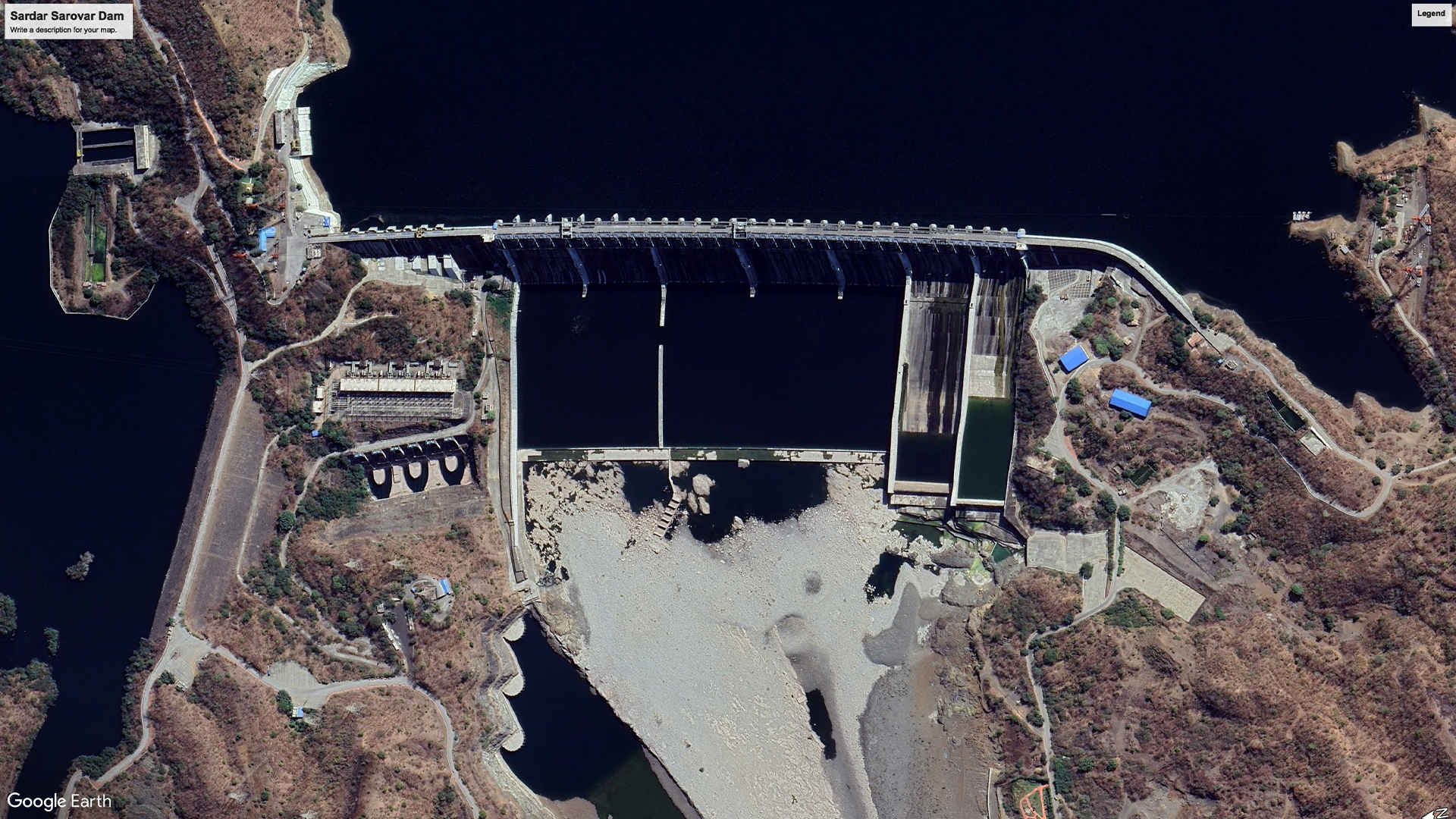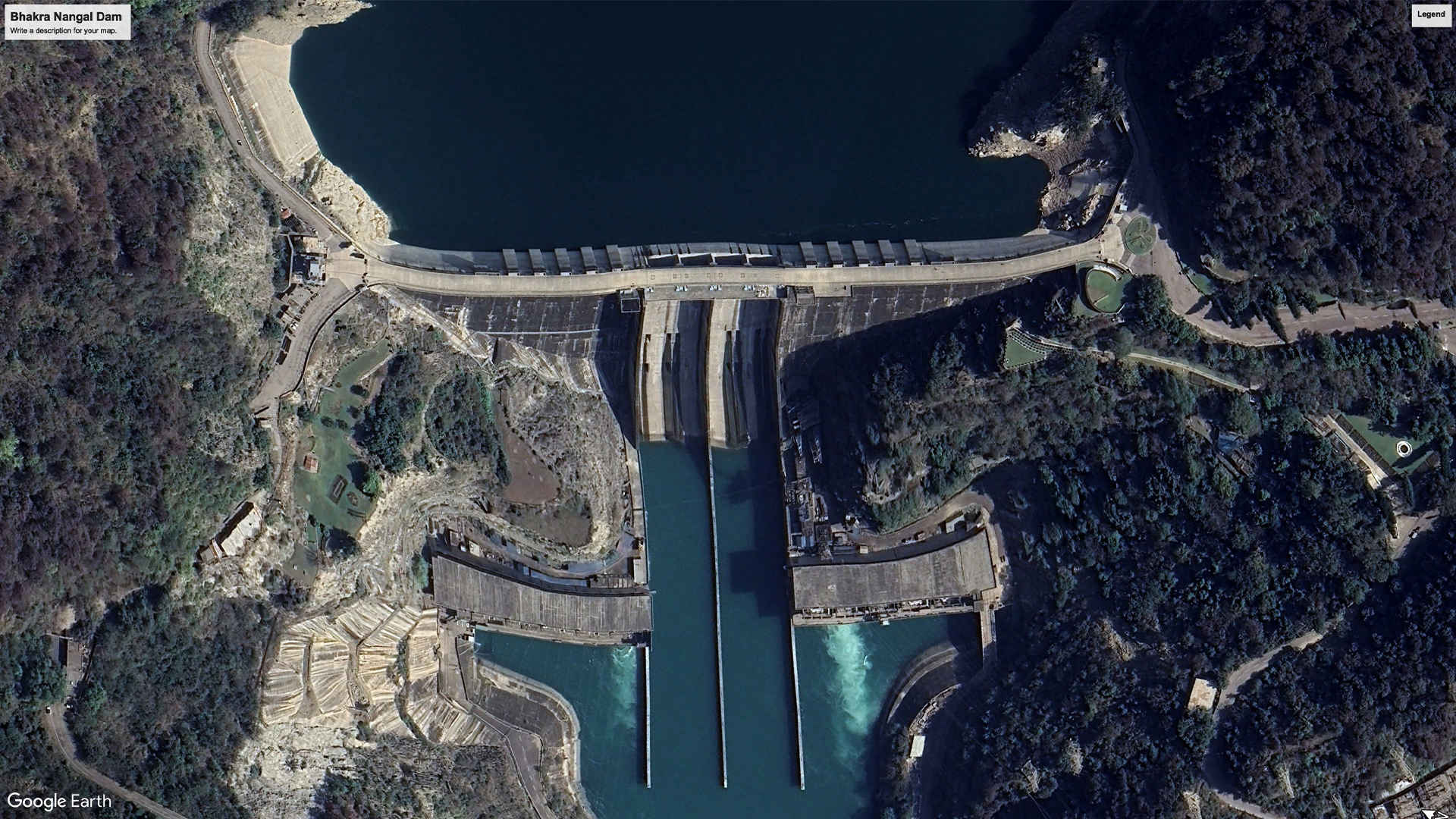Harnessing the power of flowing water has been a significant contributor to India's energy mix.
With its abundant rivers and diverse topography, the country possesses substantial hydropower potential, estimated at around 52,003 MW. This clean and renewable energy source offers several advantages, including reduced greenhouse gas emissions, reliable power generation, and the potential for multipurpose projects like irrigation and flood control. However, challenges such as declining monsoon, need to be addressed to fully realise the potential of hydropower in India.
The Top 5 Hydroelectric Power Plants in India (based on installed generation capacity) are,
1. Koyna Hydroelectric Project, Maharashtra: 1,960 MW (2000)
The Koyna Hydroelectric Project is a massive hydroelectric power complex comprising four dams on the Koyna river in Satara district. All the generators are strategically located in underground powerhouses, carved deep within the Western Ghats. With a total capacity of 1,960 MW, the project, contributes significantly to the state's energy needs.
Satellite Image, November 2024
2. Srisailam Hydroelectric Project, Andhra Pradesh & Telangana: 1,670 MW (2004)
Centred around the Srisailam Dam on the Krishna River, the Srisailam Hydroelectric Project is India's second-largest hydroelectric power station. The dam straddles the border of Andhra Pradesh and Telangana, near the historic Srisailam temple town. Built in a deep gorge in the Nallamala Hills, the project has an installed capacity of 1670 MW.
Satellite Image, November 2024
3. Nathpa Jhakri Hydroelectric Station, Himachal Pradesh: 1,500 MW (2004)
With a capacity of 1500 MW, the Nathpa Jhakri Hydroelectric Station is considered India's largest hydropower plant operated on a single dam. Located on the Sutlej River in Himachal Pradesh, this run-of-the-river project, was backed by the World Bank and commissioned in 2004. It provides power to nine states and union territories, including Haryana, Himachal Pradesh, Punjab, Jammu & Kashmir, Rajasthan, Uttar Pradesh, Uttarakhand, Delhi, and Chandigarh.
Satellite Image, November 2024
4. Sardar Sarovar Dam, Gujarat: 1,450 MW (2017)
A monumental engineering feat, the Sardar Sarovar Dam on the Narmada River is a multipurpose project that benefits millions. With a capacity of 1,450 MW, it generates significant hydropower. The dam's reservoir supports irrigation for millions of hectares and provides drinking water to countless communities. Shared by Gujarat, Rajasthan and Maharashtra, the project reached its current capacity in 2017.
Satellite Image, November 2024
5. Bhakra Nangal Dam, Himachal Pradesh: 1,379 MW (1963)
The Bhakra Nangal Project harnesses the power of the Sutlej River in the Himalayan foothills. With an installed capacity of 1,379 MW, it provides electricity to several northern states, including Punjab, Haryana, Rajasthan, and Delhi. Completed in 1963, the project has been a significant contributor to the region's development through its drinking water and irrigation benefits, apart from electricity generation.
Satellite Image, November 2024
---
